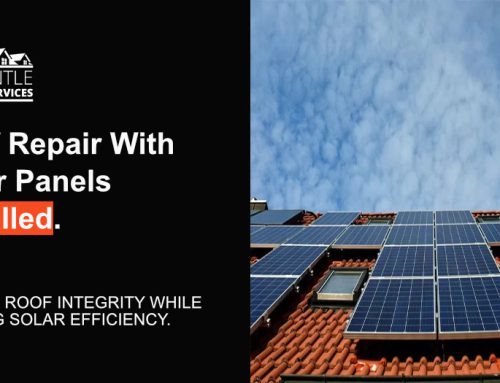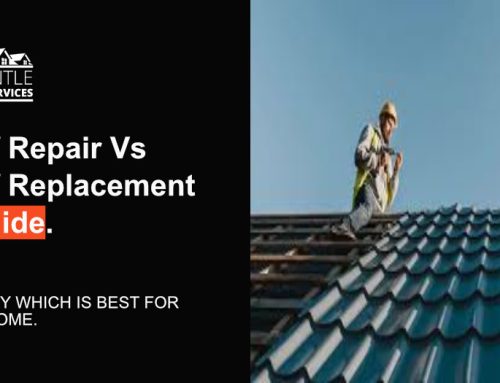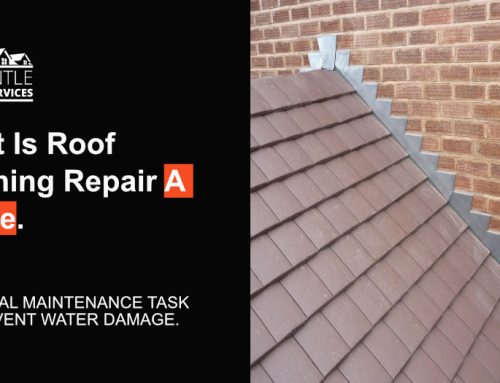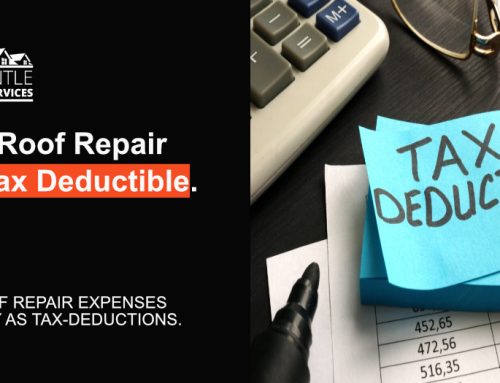Drive through any modern neighborhood, and you will see several houses with distinct roofing shapes. Far from being solely aesthetic, the different roof types all have distinct advantages and disadvantages. Choosing the right roof type for your home is a crucial decision all homeowners will have to face.
The team at Fremantle Roofing Services put together this article on the different roof types in Perth to introduce popular roof types and talk about their pros and cons.
Types of Roofs
There are several different types of roofs to choose from when it comes time to replace your roof. Here are some of the most common roof types in Australia.
Flat Roof
Flat roofs are among the most common roof types and consist of a cement base layer and a top layer. Common materials for top layers include modified bitumen and single-layer membranes. Strictly speaking, flat roofs are rarely ever perfectly flat but often have a gradual slope since the roof requires an angle to drain water correctly.
Pitched Roof
Pitched roofs are another common roof type and have two panels that meet at a ridge and slope downwards. The term “pitch” refers to the roof’s slope and is equal to the vertical height divided by the horizontal length.
A pitched roof is excellent for resisting water and other weather such as snow or sleet due to the steep slope of the panels. They are among the most durable and cost-efficient roof types in Perth.
Curved Roof
As the name implies, curved roofs have a rounded appearance, thick base, and sloping structure. Curved roofs are aesthetically pleasing, but they can be more expensive than other roof shapes as they require custom design and installation.
Curved roofs are widespread on the coast, but they are also popular in new housing development projects. Curved roofs can also reduce CO2 emissions, but they accumulate dirt quickly and can be tricky to clean.
Skillion Roof
A skillion roof is a type of flat roof that does not connect to any other roofing surface. Skillion roofs feature a single sloped surface to drain water, and many homes feature multiple tiers of skillion roofs.
Skillion roofs are popular for home additions because they can stand alone as a roofing element. They are relatively affordable and can provide an angular and avant-garde appearance. It is also easy to add fixtures such as windows for natural light.
The main downside of a skillion roof is that it can remove or completely eliminate attic space. Skillion roofs can also be more susceptible to wind damage due to their flat, angular design.
Butterfly Roof
Butterfly roofs are a special kind of skillion roof. A butterfly roof consists of two skillion roofs with a special box gutter between the roofing elements. The term “butterfly” refers to the wing-like appearance of the two roofing surfaces.
Butterfly roofs are expensive because they require custom installation. However, they provide good drainage, and the design makes them much less susceptible to wind damage than traditional skillion roofs.
Hip Roof
Lastly, we have hip roofs. With a hip roof, all sides of the roof slope towards the wall, creating a pyramid-like structure on top of the house. Similar to pitched roofs, hip roofs are great at shrugging off the elements and provide ample shade from the Aussie sun.
Hip roofs are generally more expensive than other types of roofs because the complex design requires more labour to install. But from a quality standpoint, hip roofs are some of the best that money can buy.
What Type of Roof Is Right for Me?
Picking the correct type of roof can be a difficult choice for homeowners. Most of the time, homeowners won’t have much experience with the different roof types. So here are some tips to keep in mind when deciding on the right roof shape for your house.
Consider Climate
Different roof types are better suited for different climates. For example, flat roofs are highly resistant to wind damage, while pitched and skillion roofs are better suited for draining water. A particular roof shape may look good on your house, but it may not be a good fit for the climate.
Budget
Budget is another important consideration. Generally speaking, flat roofs are the cheapest, while custom shapes like butterfly roofs are more expensive. The actual price for roof installation will differ depending on your location, the size of the roof, and the number of custom fixtures (e.g., skylights, chimneys, windows, etc.) Roof replacement costs can range between $5,000 on the low end to $30,000+ on the high end.
Thermal Efficiency
Australia gets some pretty hot days during the year, so you want to make sure your roof is thermally efficient. The right roof shape can insulate your home and save you money on energy costs throughout the year.
Flat roofs are typically the most energy-efficient roof due to their shape and materials. However, other roofing types can be energy efficient with proper insulation and exterior materials. For example, Colorbond steel is a thermally efficient kind of steel popular with Australian homeowners for roofs.
Roofing Services in Perth
Choosing between roof types for your home is an important decision, and the “right” answer depends on your needs and budget. If you have any questions about roofing shapes or require roofing services in Perth, contact Fremantle Roofing Services on 0400 854 758 today!






Leave A Comment